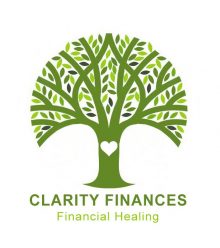“Nothing is more difficult and therefore more precious than to be able to decide.”
~Napoleon Bonaparte
In continuation of our blog series inspired by Gino Wickman’s “Traction” this week we will be looking at The Issues and Process Components. Our last post covered The Data Component.
Building on the previous exercises from Gino Wickman’s Entrepreneurial Operating System (EOS) in “Traction”, we’ve come to the next steps: Issues and Process. By now, we’ve determined our core values, put the right people in the right seats and are managing data. Putting this all together will ease the Issues exercise, which can be uncomfortable. After seeing how to address and fix issues, this will be tied in to the previous steps and lead to the next step, the Process.
Addressing our Issues involves composing lists. With your established leadership team, have an open and honest discussion on the issues that are holding your company back. The list needs to be created in a safe, judgment-free environment. You, the business owner, need to be the one who sets the tone for a safe environment.
Once your issues have been listed, you can categorize them into three categories of urgency: issues that can be addressed beyond 90 days, issues to be addressed quarterly and issues considered “local,” those to be addressed weekly.
“It is less important what you decide than it is that you decide.”
People opened up, you listed your most pressing issues and all the while no one lost their job. Now, you must solve these issues. Start with the top three issues. Wickman breaks down the process to three simple steps: 1. Identify 2. Discuss 3. Solve.
When identifying your issues, you’ll have to dig deep to the potential sub context of your issues. Wickman takes time to especially mention avoiding getting on tangents during the discussion step. When it comes to solving your issues make sure they align with your Vision.
Similar to identifying your core values, to establish your unique Process you’ll need to find your core processes. The processes that you are identifying include things like the HR process, marketing process and accounting process.
Using your Accountability Chart, you can assign who will document what process. Your various processes can be listed by bullet points to make things simpler and as Wickman suggests in the text, able to be completed without direct assistance from higher ups.
The goal of most of these exercises and tools is to simplify things. You are trying to make your business more self-sufficient in your daily operations so that you have more time to dedicate to your business actually does. Having your established core values from the beginning builds upon finding the right people, putting them in the right seats and having them be able to identify and solve issues all the while working through your unique Process.
Stay tuned for the next in our blog series inspired by Gino Wickman’s “Traction.”
“Traction” by Gino Wickman is available on Amazon, iTunes, Barnes & Noble and your local library.

